Posted on December 24, 2014
The Woes of Tiny House Planning
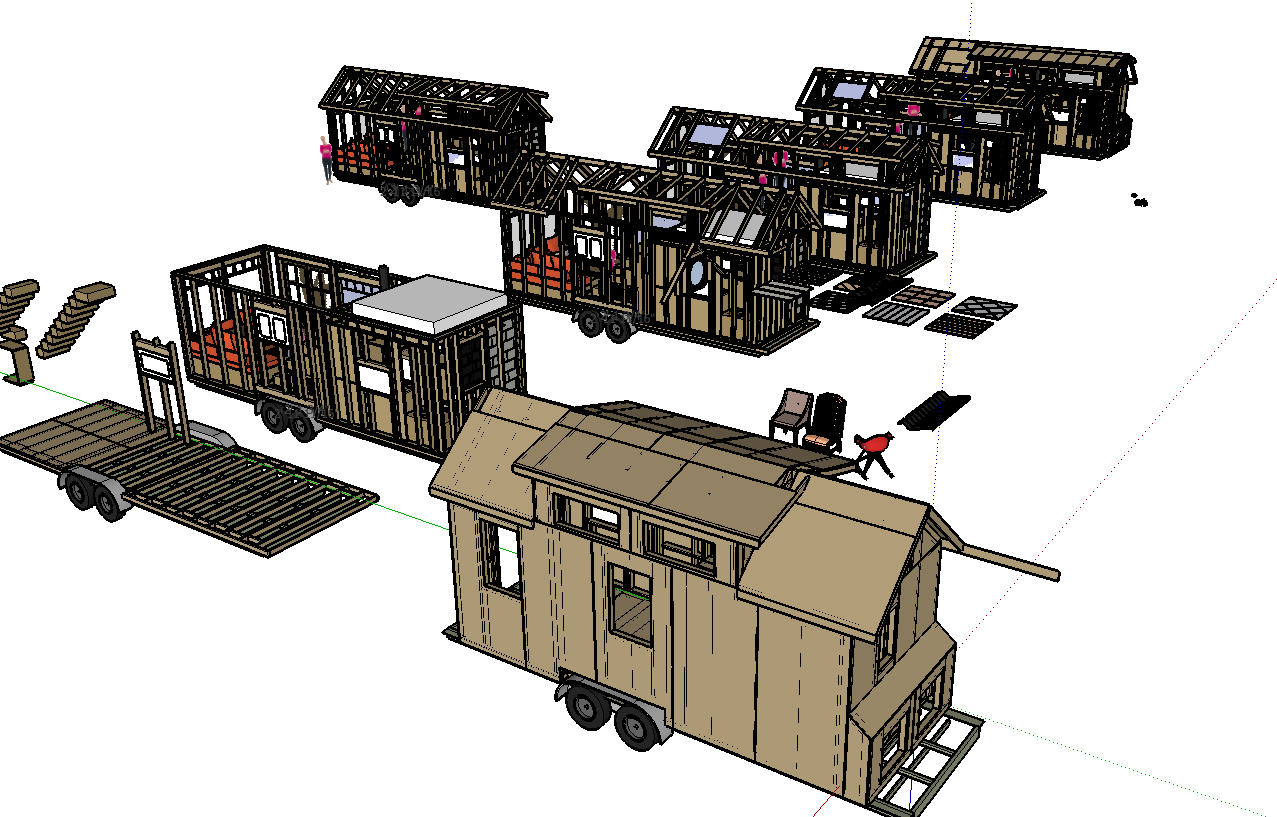
I’ve gotta say, the hardest part of the tiny house journey for me so far has definitely been the planning stage. No joke. Planning took a large chunk of time – it was after about 10 months or so before I figured that I’d gotten to the point where I’d learned enough; it was was do or die, now or never. As the infamous Dee Williams from PAD Tiny Houses said, building a tiny house is “one part how-to and two parts why-not.” All I know is that if I didn’t get started doing something tangible with my hands instead of just letting ideas and questions swirl around my noggin, I’d never actually take what courage I could muster and make it happen. Or at the very least, I’d go irreversibly crazy.
I’ll admit it, I’m a super detailed-oriented over-analyzer. The more options I have, the more paralyzed I become. My husband John has come to the conclusion that I suffer from boughts of perfectionism and analysis-paralysis, so whenever I’m suffering through indecision, he prescribes a good ole dose of flip-the-coin to settle the matter at hand. God, I’m thankful for that man.
It doesn’t help that most of us DIY home builders are learning to do 1,000 things for the first time. Truly though, whenever you’re trying to make such a small, unconventional amount of space fulfill multiple needs for 2+ people on a daily basis, you’ve got to really think through every detail and plan every inch. To give you an idea, here’s just a few of the things I had to ponder, research and work through:
- How much space will I need when sitting on the toilet? While taking a shower?
- How much headspace will my husband need while sitting upon the mattress on the loft? Standing under the loft?
- What’s a comfortable sitting depth for my built-in-couch seats?
- What are some non-toxic finishes for my wood counters, walls, floors?
- Should I build my framing with screws or nails?
- How do I build my own cabinets?
- Where am I going to sleep if I break my leg and can’t climb the stairs?
- How much clearance will I need for my wood stove so I don’t ignite neighboring walls and burn my house down?
This list could go on and on and on….but you could imagine that for someone who had never really used a power tool prior to embarking on their own house build, there were A LOT OF QUESTIONS, a lot of “huh, whaaaaa?” or “oh shites, how do I…?”
That said, here’s five suggestions to make tiny house planning easier.
1. Use Pinterest as a means to organize ideas, blogs and snippets of information that you find around the web
One day I will have so few belongings that I will be able to easily store them in a tiny closet of my teeny-tiny house. But I’ll tell you this – I’m a digital-hoarder-extreme, and Pinterest makes it easy to keep that information organized, visual and accessible. Do what I did here and create a tiny house board where you can store everything (in this case, 1500 pins and counting!), or maybe you’d rather create a couple of different boards to later make browsing/finding content easier. It works.
2. Use your cellphone to record and store data on the go
No one actually carries around a notebook and pen. And yes, cellphones cameras are useful for more than just selfies and cute doggy photos. <insert obligatory selfie above> Stumble across a set of doors that you really like the style of and want to refer to later? Snap. Need to record the dimensions of an appliance while out at Home Depot? Snap. Want to easily file expense receipts for all of your building material purchases? Snap. The cell phone camera makes a great reference tool, and heck, you could even upload your photos up to your Pinterest board.
3. Don’t be afraid to ask questions
When you head out to your local hardware stores, utilize the associates when you’ve got specific questions. Don’t be shy or hesitant – be open with them about your plans for the build. You may even be surprised to find that people will be excited about your project and that you’ll befriend those whom you will see often, which will make finding the assistance and encouragement you need even easier.
4. Give Sketchup a try
If you procure plans from a builder who offers a digital Sketchup model, get that too. And then, if you can muster through it, give yourself time to learn Sketchup. This may seem like an unnecessary task if you’re just trying to make some basic decisions and get on with the build, but truly – when you’re able to take a dimensional representation of your house and manipulate or move it around in virtual space, you will learn about the relationships between boards, components, and see the actuality of space. This might save time down the road when printed plans just aren’t clear enough, and you’ll able to make sure that your custom ideas will work before you ever pick up a hammer.
5. A spouse or dedicated friend is an invaluable asset
This may not need saying, but a spouse or friend(s) can be an infinite source of sanity, encouragement and decision-making. Two brains are better than one, so when you get stuck, a second person can be a great resource to bounce ideas off of, or serve as a welcome distraction/reminder that you need to take a break and distance yourself from the beast that is tiny house planning.
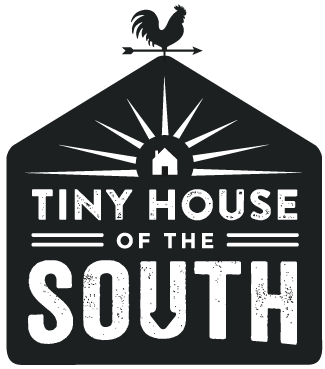

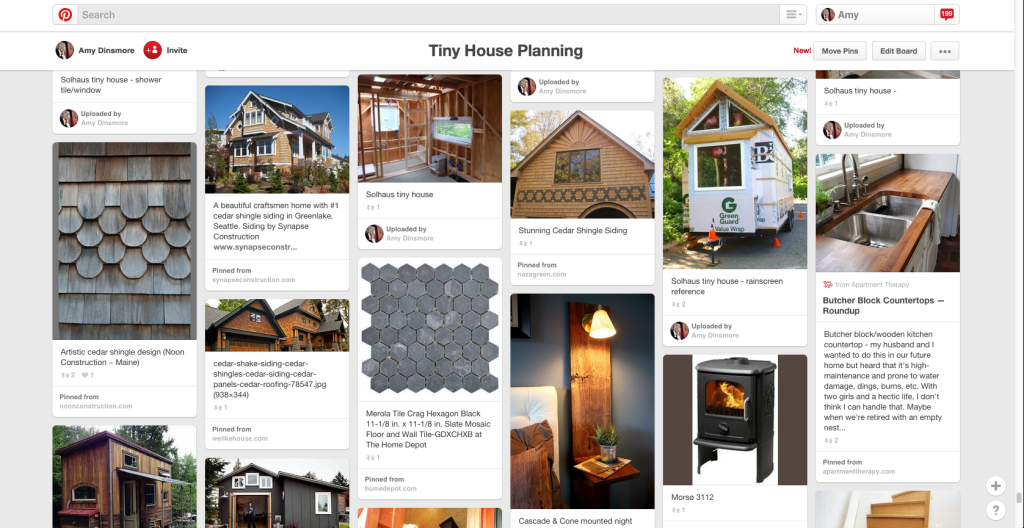
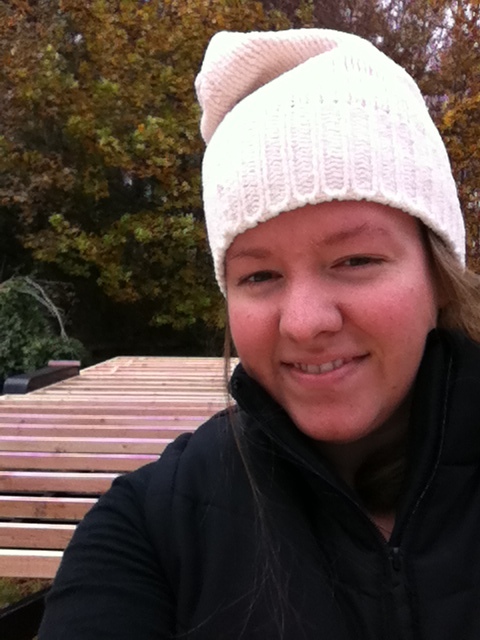
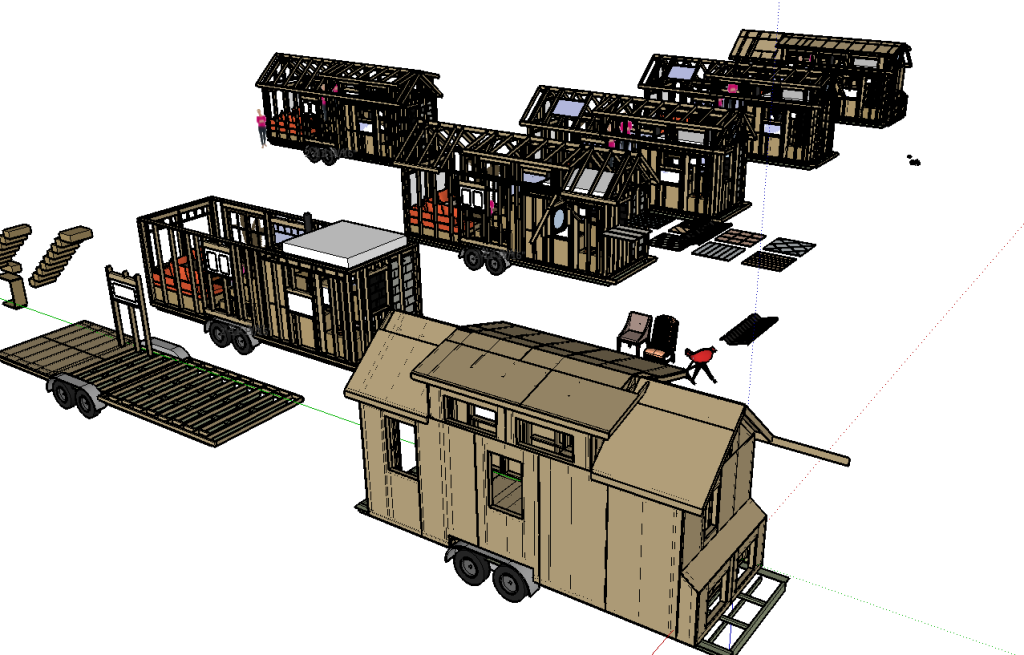
Recent Comments